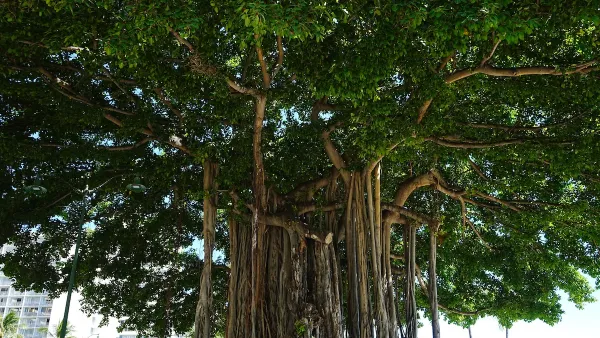Designing comfort stations to accommodate more than 60 million annual New York State Parks visitors — representing many different genders, backgrounds, and accessibility needs — is no simple task.
Over sixty million people visit New York State Parks every year. Designing buildings that accommodate such a large and diverse group of users is no simple task, especially when that building, more than most others, is responsible for some of society’s most controversial — and personal — functions. Over the past several years, working first on a series of designs for cabins and more recently on prototypes for “comfort stations” that feature public restrooms, Claire Weisz, together with her firm WXY, has sought to both imagine and execute spaces that are not only sustainably produced, efficiently maintained, and replicable across the system’s 180 parks, but that also more creatively address inclusivity, access, and gender diversity than such bathrooms typically have in the past. In this interview with representatives from the organizations QSPACE and QSAPP together with Intersections guest editor Jacob Moore, Weisz discusses the challenges of working on such a project, and how architecture can reinforce — or undermine — diversity in public.
FULL STORY: Off the Beaten Path

National Parks Layoffs Will Cause Communities to Lose Billions
Thousands of essential park workers were laid off this week, just before the busy spring break season.

Retro-silient?: America’s First “Eco-burb,” The Woodlands Turns 50
A master-planned community north of Houston offers lessons on green infrastructure and resilient design, but falls short of its founder’s lofty affordability and walkability goals.

Delivering for America Plan Will Downgrade Mail Service in at Least 49.5 Percent of Zip Codes
Republican and Democrat lawmakers criticize the plan for its disproportionate negative impact on rural communities.

Test News Post 1
This is a summary

Test News Headline 46
Test for the image on the front page.

Balancing Bombs and Butterflies: How the National Guard Protects a Rare Species
The National Guard at Fort Indiantown Gap uses GIS technology and land management strategies to balance military training with conservation efforts, ensuring the survival of the rare eastern regal fritillary butterfly.
Urban Design for Planners 1: Software Tools
This six-course series explores essential urban design concepts using open source software and equips planners with the tools they need to participate fully in the urban design process.
Planning for Universal Design
Learn the tools for implementing Universal Design in planning regulations.
EMC Planning Group, Inc.
Planetizen
Planetizen
Mpact (formerly Rail~Volution)
Great Falls Development Authority, Inc.
HUDs Office of Policy Development and Research
NYU Wagner Graduate School of Public Service



























